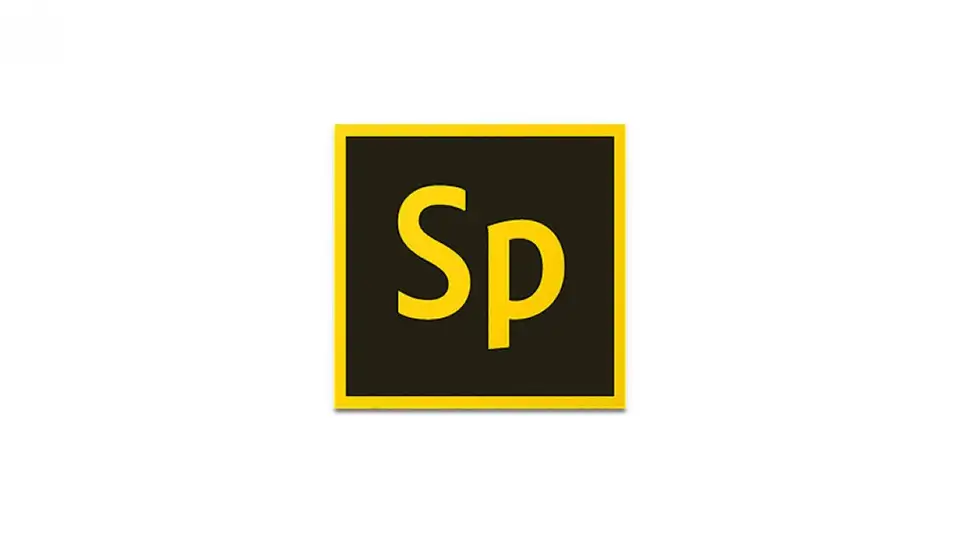Are you struggling to keep your audience engaged in a long story? Do you find yourself rambling about unnecessary scenes or characters? It's time to learn when to trim down lengthy stories with the following tips and tricks.
Whether you're a writer, storyteller, or just trying to keep a conversation interesting, knowing when to shorten a story is a valuable skill to have.
With this article, you'll learn how to consider the purpose of your story, keep it engaging, and use editing to your advantage.
Don't let your audience get bored or lose interest, learn how to keep them hooked with these tips and tricks.
Key Points
- Consider the purpose and audience of the story before simplifying it into essential parts.
- Use engaging storytelling techniques, such as plot twists and descriptive language, to keep the audience interested.
- Differentiate and eliminate extraneous scenes or characters while balancing cuts with character development.
- Use editing techniques to make your writing concise and impactful, seek feedback from others to identify areas for improvement.
Consider the Purpose of the Story
So, you're about to tell a story, but before you dive into it, take a moment to consider why you're telling it. Is it to entertain your audience or to convey a message or lesson?
Once you've identified your purpose, you can simplify your story and eliminate unnecessary details that don't contribute to your message or theme.
Identifying your audience is also crucial when deciding how to tell your story. If you're talking to a group of colleagues, you might want to focus more on the business aspects of your story, while a casual conversation with friends might allow for more personal anecdotes.
Simplifying the plot can also help keep the audience engaged and prevent them from getting lost in a sea of details. By trimming your story down to its most essential parts, you'll be able to maintain your audience's attention and ensure that your message is heard loud and clear.
Keep the Story Engaging
You want to keep your audience enthralled, like a snake charmer mesmerizing a cobra with the sway of their flute.
Engaging storytelling techniques are crucial for ensuring your listeners are captivated by your story. To keep them hooked, try incorporating a gripping plot that will keep them guessing about what will happen next.
One effective technique is to start your story in media res, or in the middle of the action. This will immediately grab your audience's attention and make them curious about how the story began.
Another technique is to use descriptive language to paint a vivid picture of the setting and characters. This will help your listeners visualize the story and feel like they are a part of it.
Lastly, don't be afraid to add humor or suspense to your story to keep your audience engaged and interested. Remember, the key to a successful story is to keep your audience captivated from beginning to end.
Know When to Cut Unnecessary Scenes or Characters
It's important to differentiate which scenes or characters are irrelevant and cut them out to maintain the flow and coherence of the narrative. A story that drags on without a clear purpose or direction will quickly lose the audience's interest.
Eliminating redundancy is crucial to keeping the story engaging and moving forward. As you revise your work, ask yourself if each scene or character is necessary to advance the story. If not, consider cutting it out.
At the same time, it's important to balance cutting unnecessary scenes or characters with character development. You don't want to remove scenes or characters that provide significant insight into the story or help develop the characters.
As you revise, pay attention to the role each character and scene plays in the story. If a character or scene doesn't add to the development of the story, it's likely unnecessary. Removing extraneous elements will help you create a more concise and compelling narrative.
Use Editing to Your Advantage
Editing is a powerful tool that can transform your writing from mediocre to extraordinary by carefully scrutinizing each word and sentence. One of the most important editing techniques is cutting excessive words and phrases to make your writing more concise.
This not only makes your writing clearer and easier to read but also helps keep the reader engaged and interested in your story. To achieve this, start by identifying any sentences or phrases that don't add value to your writing. These can be anything from unnecessary adjectives to redundant phrases.
Once you've identified them, try to simplify your sentences and eliminate any repetition. Remember, writing concisely doesn't mean sacrificing detail or depth, but rather using necessary and impactful words.
By leveraging editing, you can turn a long, winding story into a concise and powerful piece that will captivate your readers.
Seek Feedback from Others
Receiving feedback from others can be a valuable tool in improving your writing. It's like a breath of fresh air that clears away the cobwebs and refreshes your mind.
Sometimes, when we're too close to our work, it's hard to see areas that need improvement. This is where seeking feedback from others comes in handy. It allows us to gain a fresh perspective and identify potential problems or areas that need refinement.
When seeking feedback, it's important to get opinions from a variety of sources. This can include colleagues, friends, or even writing groups. Be open to constructive criticism and use it to fine-tune the details of your writing.
Don't be afraid to ask questions or follow up for clarification. Ultimately, the feedback you receive can help you shorten lengthy stories and create a more polished piece of writing.
Conclusion
As you wrap up your story, think about the message you want to convey to your audience. Does it align with the purpose of your story?
Remember, your audience wants to feel something, so use symbolism to create an emotional response. Whether it's a character's journey or a plot twist, consider how your readers will interpret the ending.
Editing is key to crafting a strong story. Trim unnecessary scenes or characters that don't contribute to the message. Use your words wisely and keep your story engaging.
By mastering these tips and tricks, you can create a memorable and impactful story.
 Indonesia
Indonesia 









